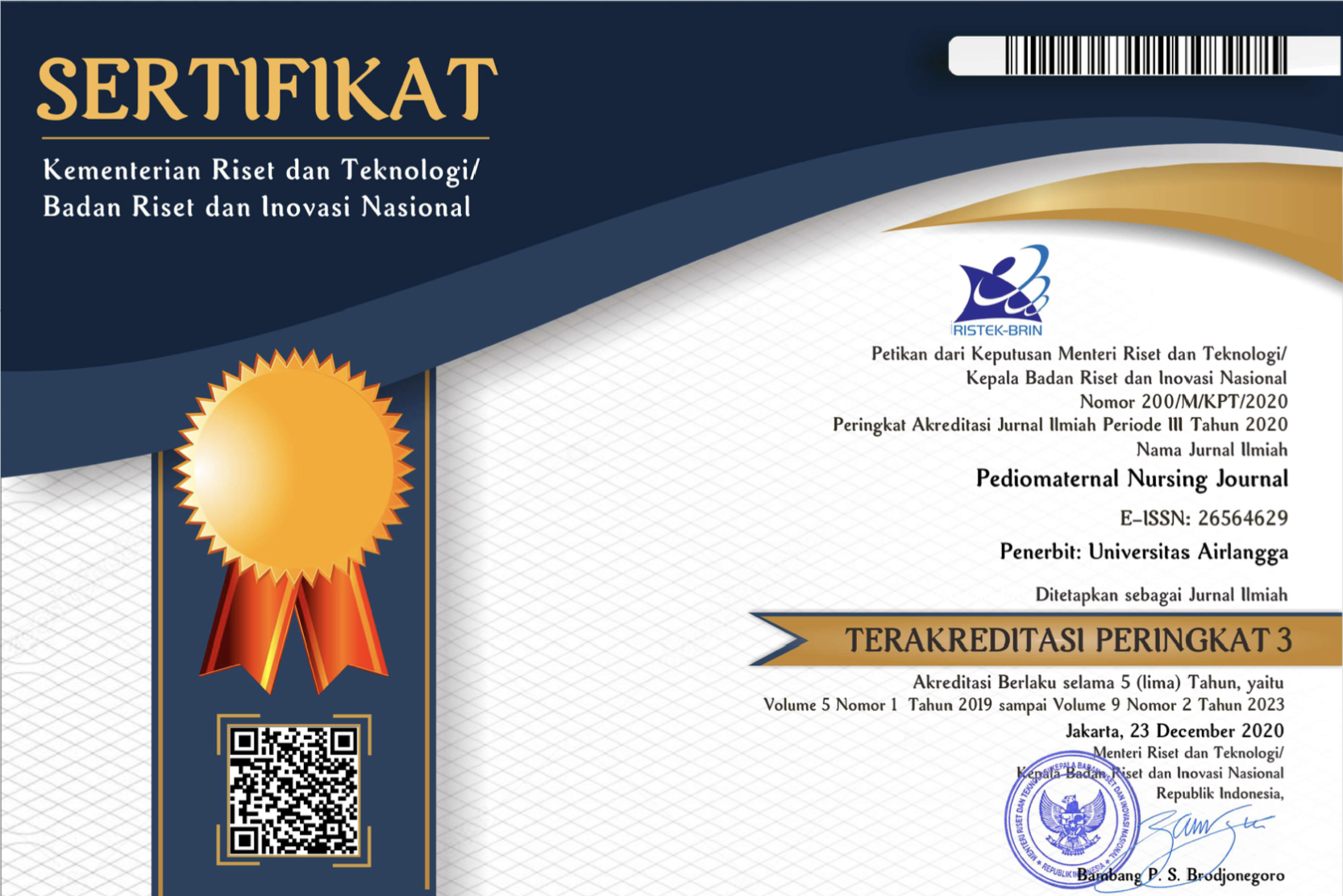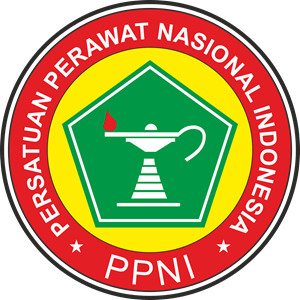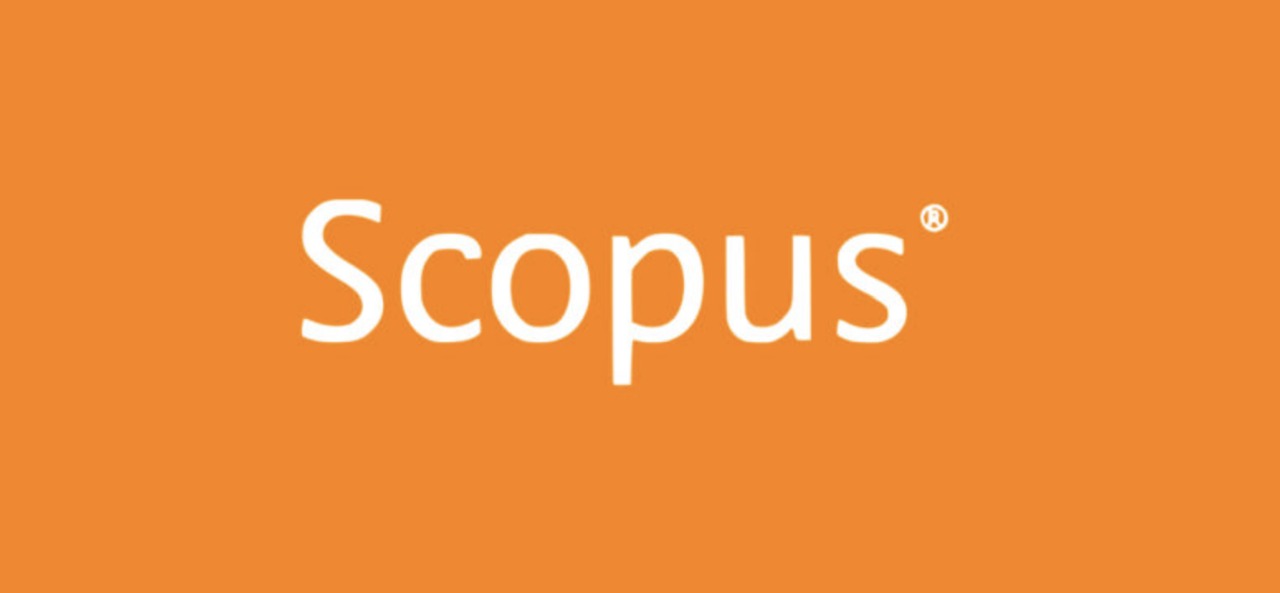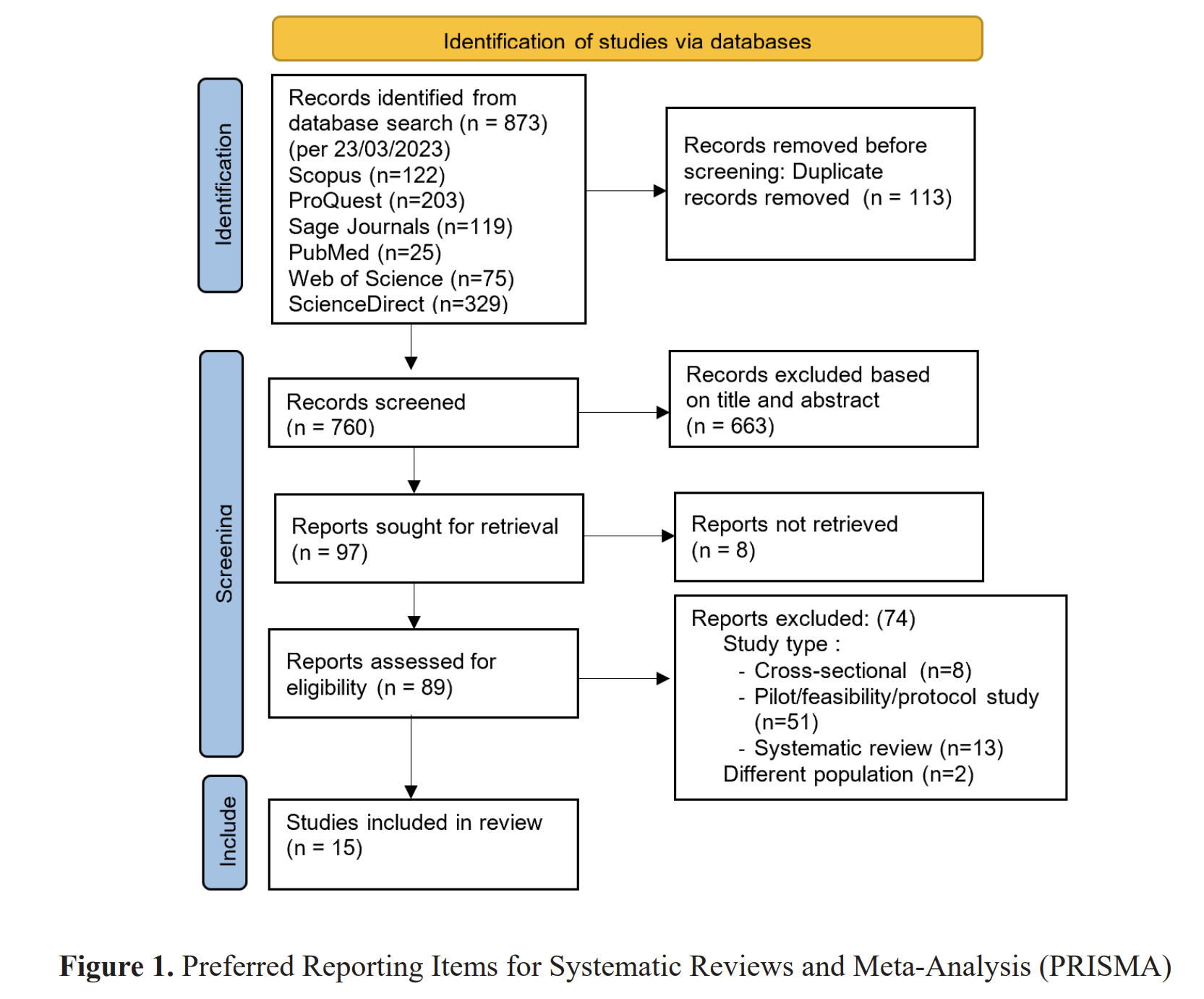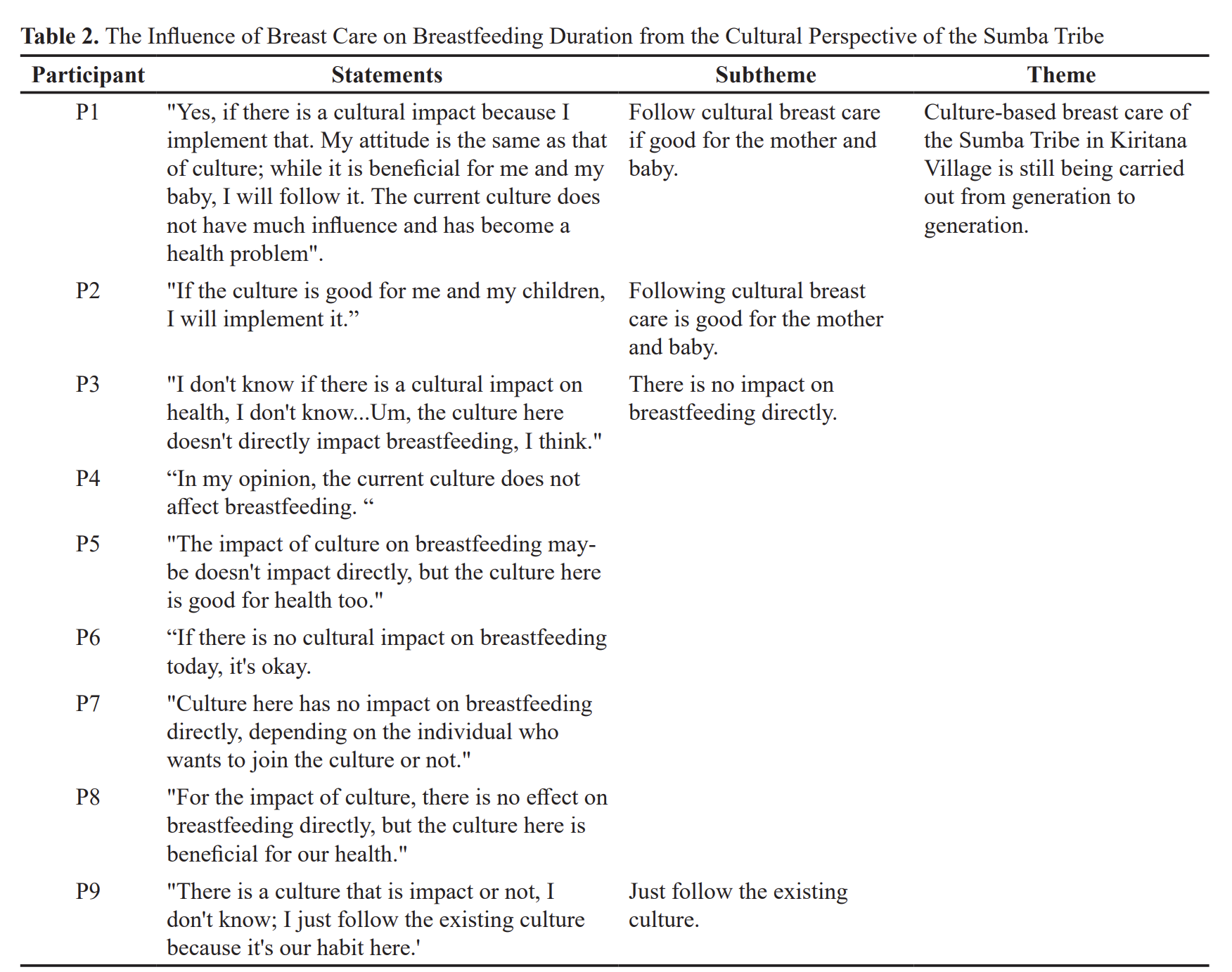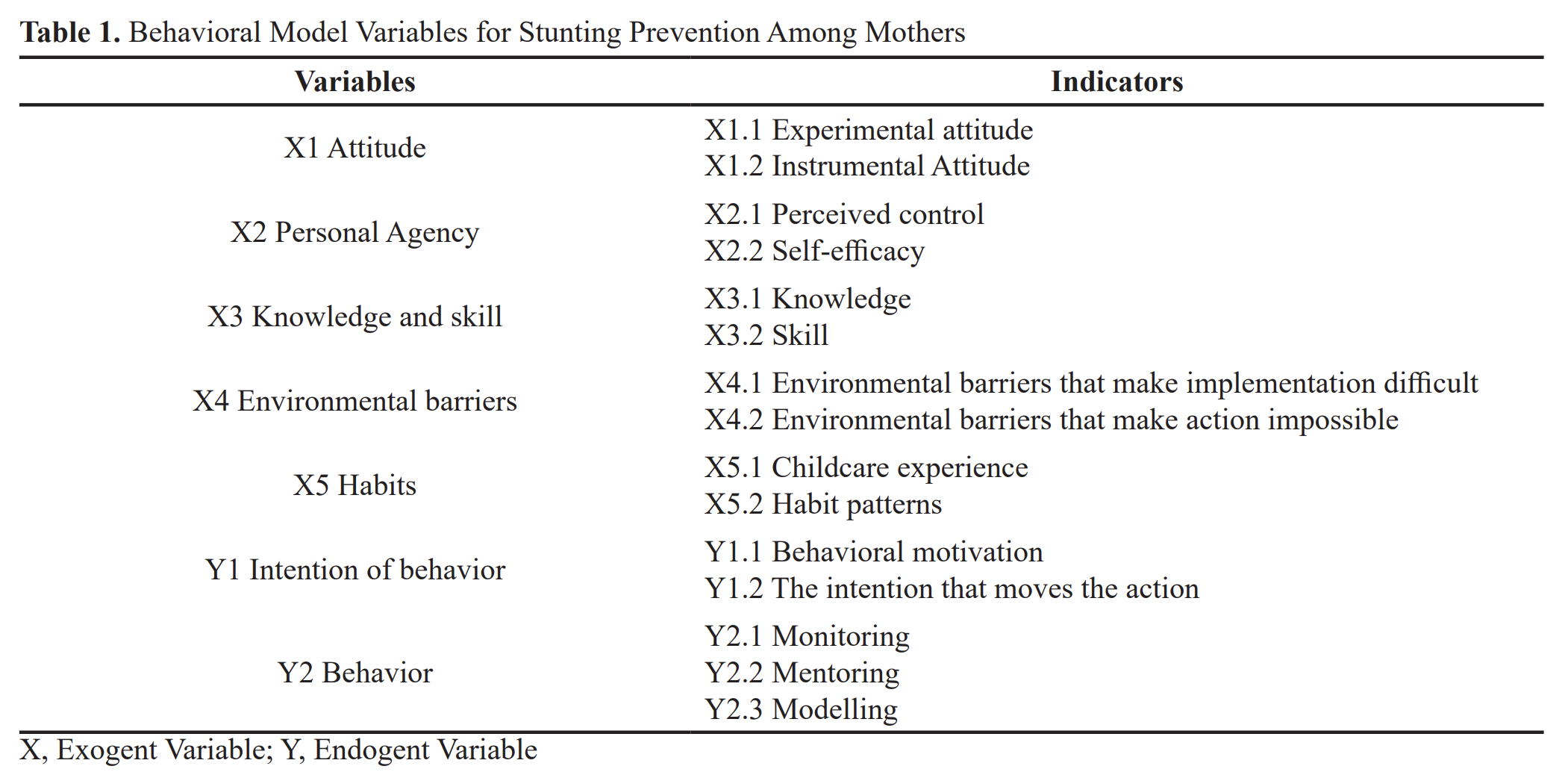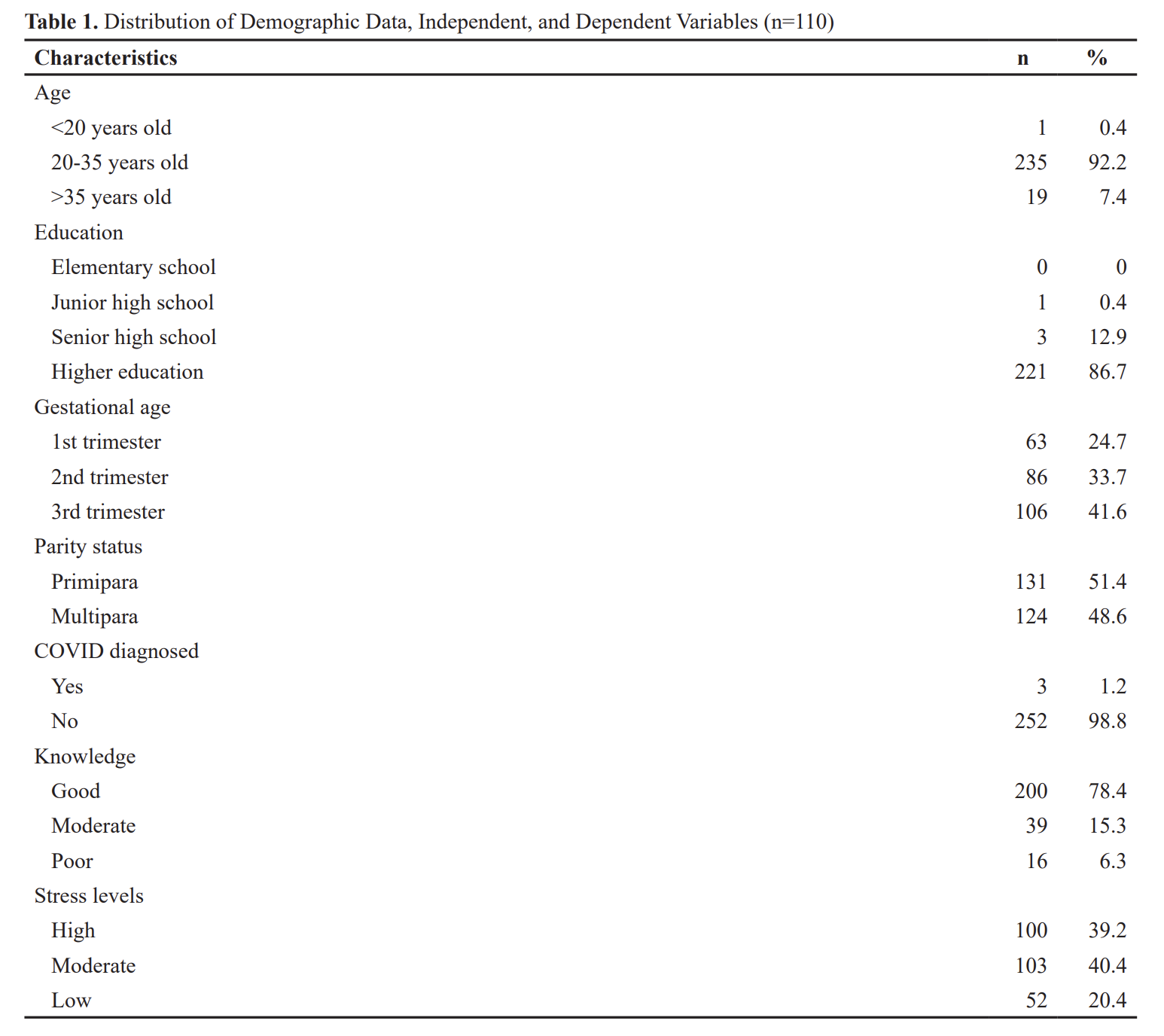Factor analysis of Pregnant Women's Concerns Scale of Contracting COVID-19 questionnaire

Downloads
Introduction: The global pandemic caused by the emergence of COVID-19 resulted in increased anxiety, notably among
pregnant women. Uncertainties linked to the increased concerns due to virus and this led to realizion of emphasing the
necessity for tools to evaluate the fear contracting it. This study aims to create a Scale for Pregnant Women's Concerns
of being Contracted to COVID.
Methods: A preliminary 5 point Likert-type scale comprising 29 items was distributed among 285 pregnant women. The
statistical analysis conducted on the responses from 285 invidividuals that contracted COVID-19. The scale's validity
and reliability were assessed through exploratory and confirmatory factor analysis, also the outcome of computation
Cronbach's alpha coefficients taken into assesment.
Results: According to the factors analysis the scale components consisting 12 items, and 2 factors explained 51.81% of
the overall variation. The Cronbach's alpha internal consistency coefficient was determined to be 0.828. The Pregnant
Women's Concerns Scale for Contracting COVID-19 is a valid scale for Turkish pregnant women.
Conclusion: Psychosocial characteristics of pregnant women affect their concerns of contracting COVID-19. It is
recommended to apply this scale to sample groups from different cultures. This scale is a valid and reliable instrument
for evaluating pregnant women's apprehensions regarding COVID-19 infection. Implementing this scale within prenatal
health services will aid in identifying and addressing COVID-19 related concerns among individuals at an early stage
pregnancy.
Keywords: COVID-19 concern; pregnancy; reliability; scale development; validity
Copyright (c) 2023 Zümrüt Bilgin, Büşra Aktaş

This work is licensed under a Creative Commons Attribution 4.0 International License.
1. The journal allows the author to hold the copyright of the article without restrictions.
2. The journal allows the author(s) to retain publishing rights without restrictions.
3. The legal formal aspect of journal publication accessibility refers to Creative Commons Attribution (CC BY).

